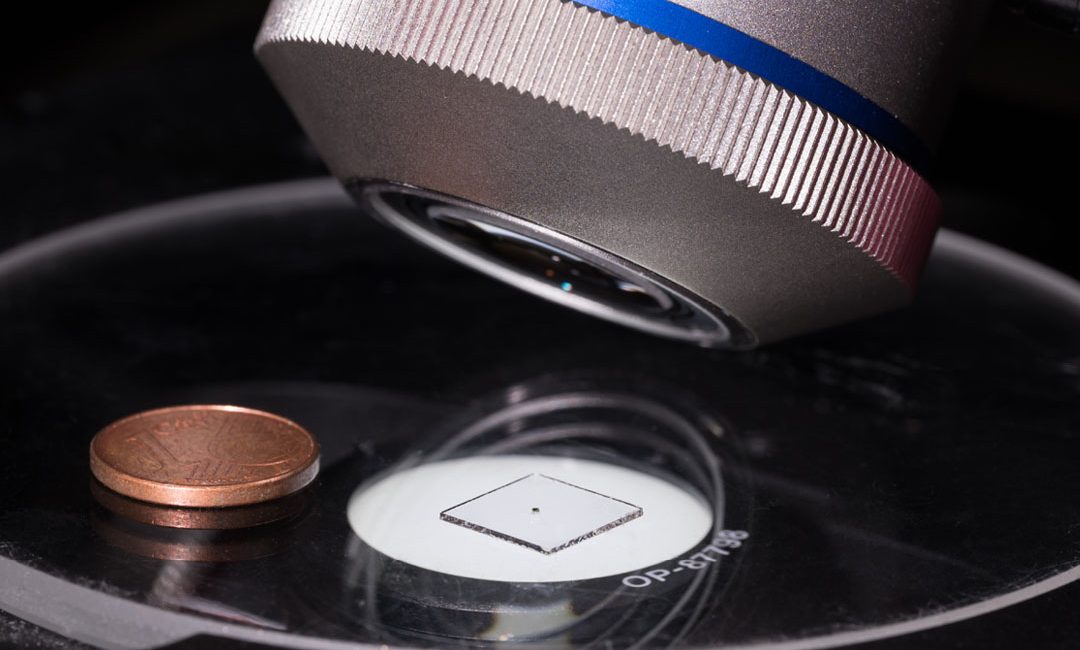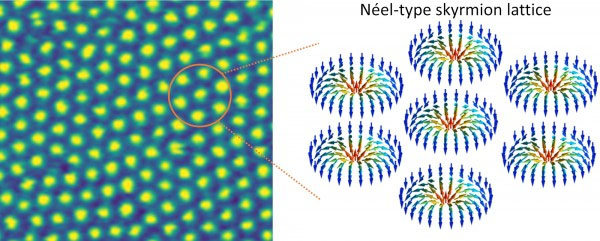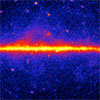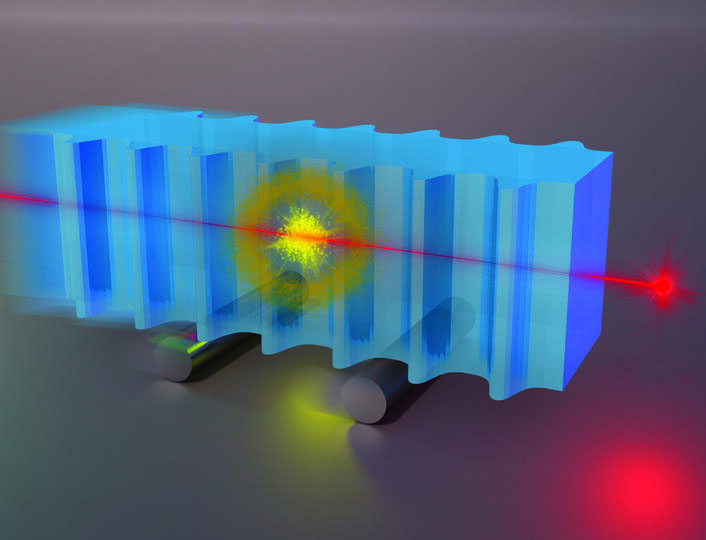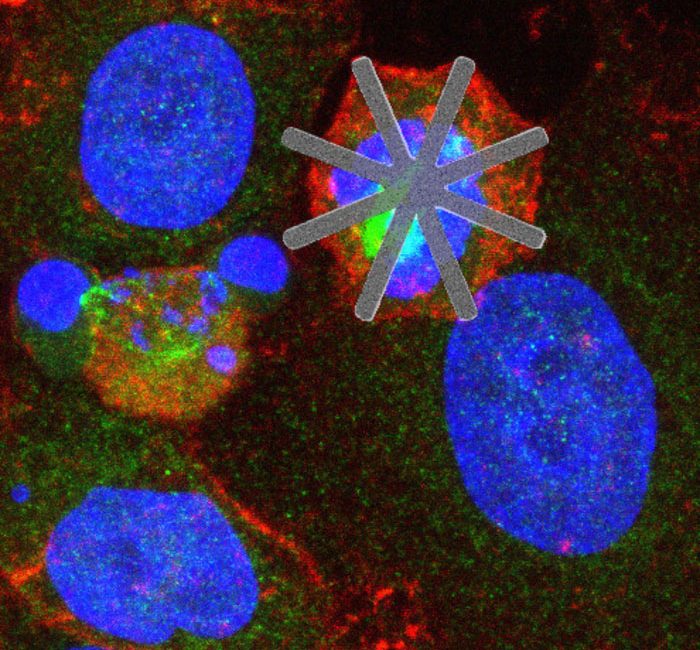Apr 28, 2022 (Nanowerk News) Researchers have developed a new way to apply antireflective (AR) coatings to 3D printed multi-lens systems as small as 600 microns in diameter. Because these coatings help minimize light losses due to reflection, they are critical for making high-quality 3D printed systems consisting of multiple...
Skyrmions on the rise – new 2D material advances low-power computing
Apr 28, 2022 (Nanowerk News) Two-dimensional magnetic materials have been hailed as building blocks for the next generation of small, fast electronic devices. These materials, made of layers of crystalline sheets just a few atoms thick, gain their unique magnetic properties from the intrinsic compass-needle-like spins of their electrons. The...
Spinning stars shed new light on strange signal coming from galactic centre
Apr 28, 2022 (Nanowerk News) Researchers from The Australian National University (ANU) have found an alternative explanation for a mysterious gamma-ray signal coming from the centre of the galaxy, which was long claimed as a signature of dark matter (Nature Astronomy, "Millisecond pulsars from accretion-induced collapse as the origin of...
In Einstein’s footsteps and beyond
Apr 28, 2022 (Nanowerk News) In physics, as in life, it’s always good to look at things from different perspectives. Since the beginning of quantum physics, how light moves and interacts with matter around it has mostly been described and understood mathematically through the lens of its energy. In 1900,...
The key to efficient and flexible edge computing
Apr 28, 2022 (Nanowerk News) Artificial Intelligence (AI) is fast becoming ubiquitous in the modern society and will feature a broader implementation in the coming years. In applications involving sensors and internet-of-things devices, the norm is often edge AI, a technology in which the computing and analyses are performed close...
Harnessing the powers of light to operate computers
Apr 28, 2022 (Nanowerk News) It is said that light is the source of life, and in the near future, it will possibly form the basis of our everyday personal computing needs too. Recently, researchers from the University of Tsukuba have harnessed specific energies of light from a 'packet' of...
Solar energy is superior to nuclear for powering crewed mission to Mars, show scientists
Apr 28, 2022 (Nanowerk News) No other planet in our solar system has sparked the human imagination more than Mars. While modern science has debunked the Red Planet as a likely source of an alien invasion, today’s technology is bringing us closer to a crewed mission. A research team out...
Discovery of the one-way superconductor, thought to be impossible
Apr 27, 2022 (Nanowerk News) Associate professor Mazhar Ali and his research group at TU Delft have discovered one-way superconductivity without magnetic fields, something that was thought to be impossible ever since its discovery in 1911 – up till now. The discovery, published in Nature ("The field-free Josephson diode in...
Synthetic hydrogels for wound sealing and biointerfaces
Apr 27, 2022 (Nanowerk News) Hydrogels are fascinating natural or synthetic polymer materials that exhibit very versatile chemistries and physical or biological properties. They are 3D networks of either physically or chemically crosslinked polymers that resemble organic tissues and that can hold large amounts of water within their interlocked molecular...
Introducing silicon chips into living cells as ‘mechanical’ drugs
Apr 27, 2022 (Nanowerk News) A multidisciplinary team at CSIC has introduced silicon chips 50 nanometres thick, as thin as a thousandth part of a hair, into living cells. These devices allow the study of cell division processes and can even be designed to interfere with the cell cycle, preventing...

